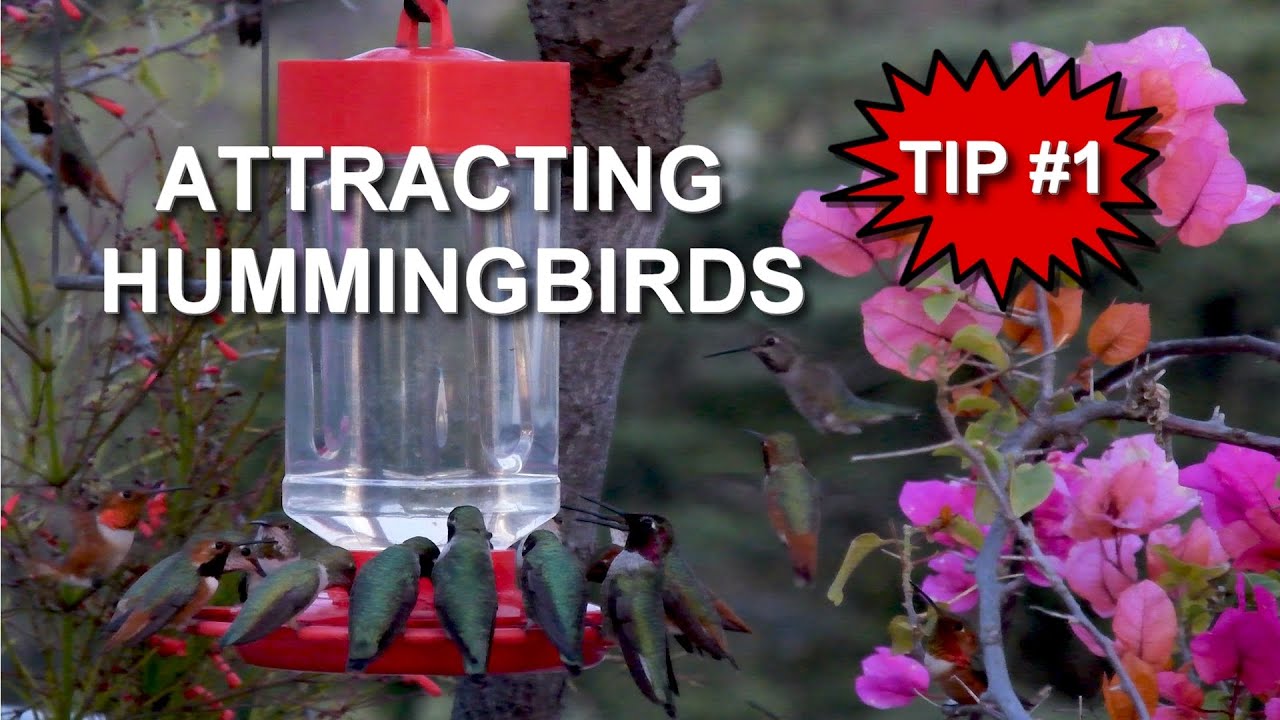Introduction to hummingbird feeders in Rhode Island
Hummingbirds are fascinating creatures that captivate the attention of bird enthusiasts and nature lovers alike. These small, vibrant birds are known for their quick movements and ability to hover in mid-air. Setting up hummingbird feeders in Rhode Island can provide an incredible opportunity to observe these charming creatures up close. However, knowing the appropriate time to place these feeders is essential to attract and support these birds effectively.
Understanding the migratory patterns of hummingbirds
Hummingbirds are migratory birds that travel long distances each year. In the United States, they are found in different regions during specific times of the year. Understanding their migratory patterns is crucial for determining when to place hummingbird feeders. The Ruby-throated Hummingbird is the most common species in Rhode Island, and it typically arrives in the state during the spring and departs in the fall.
Factors influencing timing of hummingbird feeder placement
Several factors influence the timing of hummingbird feeder placement in Rhode Island. One important factor is the availability of natural nectar sources. Hummingbirds rely heavily on nectar for their energy, especially during their migration. Another factor is the weather conditions, particularly the temperature. Hummingbirds prefer warmer climates, so it is important to consider the local climate when deciding on the timing of feeder placement.
Ideal weather conditions for setting up feeders
Hummingbirds are more likely to visit feeders when the weather is favorable. In Rhode Island, it is recommended to wait until the average temperatures consistently reach 50 degrees Fahrenheit before setting up feeders. This ensures that the nectar will not freeze, and it increases the likelihood of attracting hummingbirds.
When to expect the arrival of hummingbirds in Rhode Island
The arrival of hummingbirds in Rhode Island can vary slightly from year to year. However, they typically start arriving in late April or early May. It is important to keep an eye out for the first sightings or consult local birding groups to determine the exact timing. Once they arrive, it is crucial to have feeders ready to provide them with much-needed nourishment.
Importance of providing food sources early in the season
Early in the season, there may be limited natural food sources available for hummingbirds in Rhode Island. Providing feeders early ensures that hummingbirds have access to a reliable food source as soon as they arrive. This is particularly important for those birds that are exhausted from their long journey and need to replenish their energy reserves.
Recommendations on the best time to place feeders
Based on the migratory patterns and weather conditions in Rhode Island, the best time to place hummingbird feeders is in late April or early May. This timing aligns with the arrival of hummingbirds while ensuring that the weather is suitable for their feeding needs. By placing feeders during this time, you increase the chances of attracting these enchanting birds to your backyard.
How early feeders can attract more hummingbirds
Placing feeders early in the season can attract more hummingbirds to your backyard. As mentioned earlier, natural food sources may be limited during the early stages of their arrival. By providing a reliable nectar source, you increase the likelihood of attracting multiple hummingbirds. This becomes especially important later in the season when competition for food sources intensifies.
Tips for maintaining hummingbird feeders throughout the season
Maintaining hummingbird feeders throughout the season is crucial for the birds’ well-being and your enjoyment. Regularly clean the feeders with a mild soap and warm water solution to prevent the growth of harmful bacteria. Refill the feeders with fresh nectar every few days, especially during hot weather when the nectar can spoil more quickly. Place the feeders in shaded areas to prevent the nectar from fermenting or overheating.
Ensuring a continuous supply of nectar for hummingbirds
To ensure a continuous supply of nectar for hummingbirds, it is important to monitor the feeders regularly. As the season progresses, you may need to increase the number of feeders or refill them more frequently to meet the growing demand. By keeping an eye on the feeders and adapting to the hummingbirds’ needs, you can provide them with a reliable and sufficient food source.
Benefits of keeping feeders up until the fall migration
Keeping feeders up until the fall migration has numerous benefits for both the hummingbirds and the bird enthusiasts. By providing a consistent source of food, you can support the birds during their breeding season and help them build up the necessary energy reserves for their long journey south. Additionally, keeping feeders up allows for continued observation and enjoyment of hummingbirds throughout the summer months.
Conclusion: Timing is crucial for hummingbird feeder placement
Placing hummingbird feeders at the right time in Rhode Island is essential for attracting and supporting these incredible birds. Understanding their migratory patterns, considering local weather conditions, and providing food sources early in the season are all crucial factors to keep in mind. By following these recommendations and maintaining the feeders throughout the season, you can create a welcoming habitat for hummingbirds and delight in their presence all summer long.




